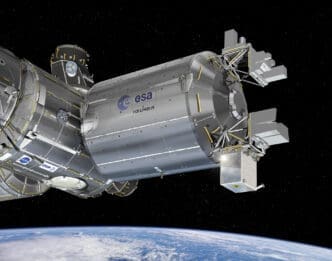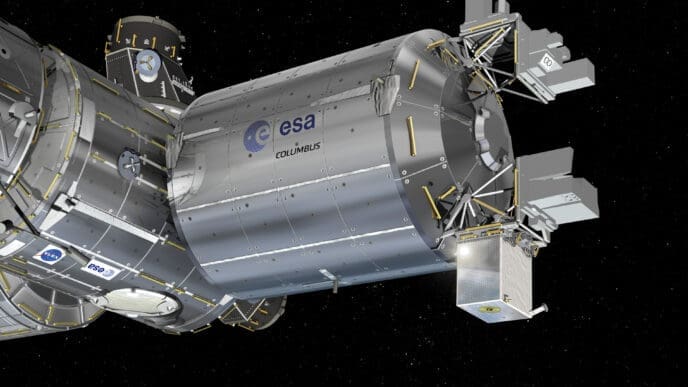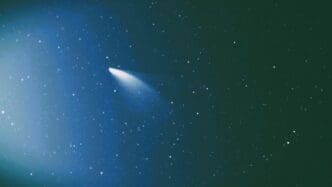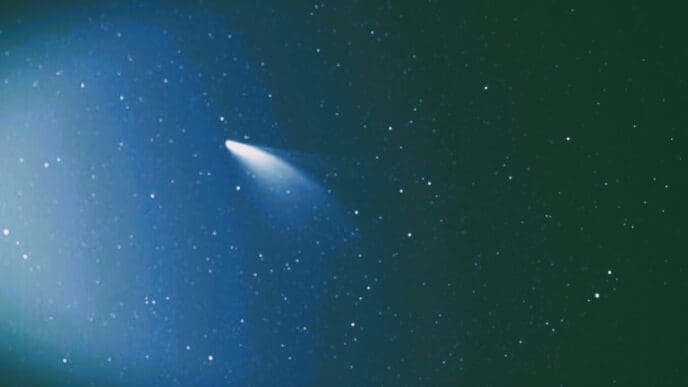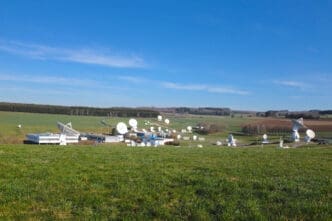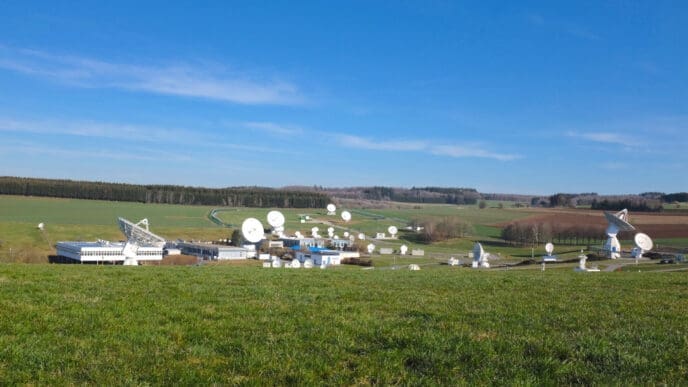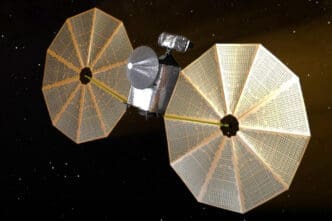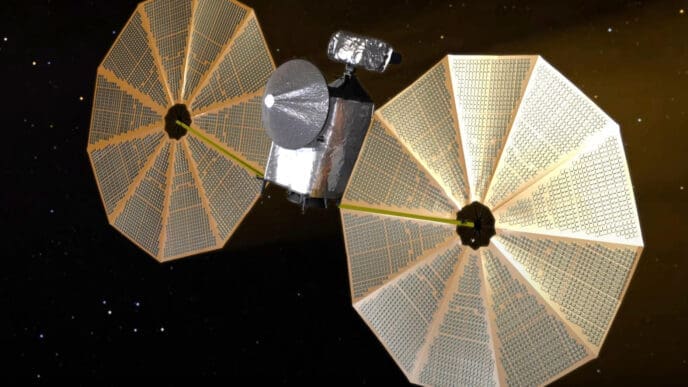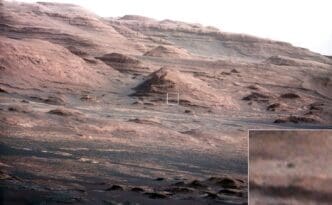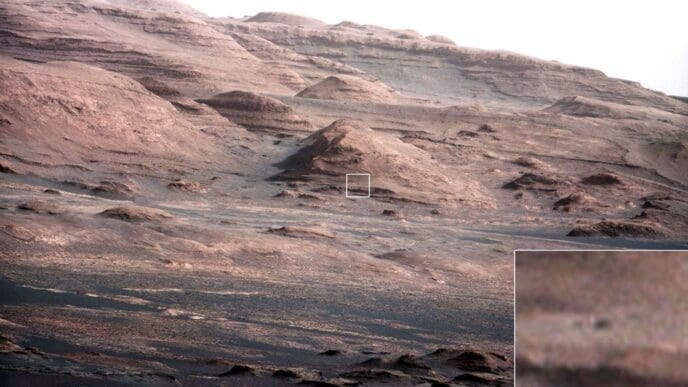Imagine standing at the edge of a vast, invisible river flowing relentlessly through space. This river, known as the solar wind, carries particles from the Sun across our solar system. It’s not just empty space out there; it’s a dynamic and ever-changing environment that impacts us in ways we are just beginning to understand.
NASA’s PUNCH mission is here to illuminate this fascinating realm. By capturing the solar wind’s journey from the Sun’s surface to the edge of our solar system, PUNCH promises to unravel the mysteries of these solar particles. This mission could redefine our understanding of space weather, unveiling how these particles interact with Earth’s magnetic field and beyond.
The PUNCH mission is setting a new standard in space observation with its quartet of suitcase-sized satellites. These satellites boast overlapping fields of view, providing a panoramic scan of the sky. They orbit in sync, revealing the Sun’s corona and its seamless transition to solar wind. Most cameras capture flat images, but PUNCH images are different. By harnessing the magical property of light polarization, these satellites capture three-dimensional visuals of the solar wind. This breakthrough lets us grasp the real speed and direction of solar storms, enhancing our ability to predict space weather events.
Each PUNCH satellite houses a polarimeter with three filters to capture unseen details. Enlightening, right? With these tools, scientists can pinpoint the path of coronal mass ejections (CMEs). This isn’t just about tracking storms; it’s about enhancing our understanding of their impact on Earth’s radiation belts, which protect us from harmful space radiation.
PUNCH also rides on the wave of prior achievements. By combining data with past missions like NASA’s Parker Solar Probe, we envisage the Sun’s corona in unprecedented detail. Collaborating with other missions, PUNCH extends its view to 160 million miles, spanning interplanetary distances with remarkable clarity.
Our Earth isn’t just isolated; it’s bathed in solar wind. When these winds intersect with our planet’s magnetic field, they shake things up. Satellites, astronauts, and even our favorite northern lights owe some of their charm to these interactions. Through PUNCH, we delve deeper into this cosmic dance of particles and its effects.
PUNCH’s satellites form a single ‘virtual instrument,’ a unique interplay that magnifies their capabilities. The synchronized operation of these satellites offers a continuous, coherent view of solar wind development, illuminating its path from the Sun to Earth. This team effort allows us to track solar winds like never before.
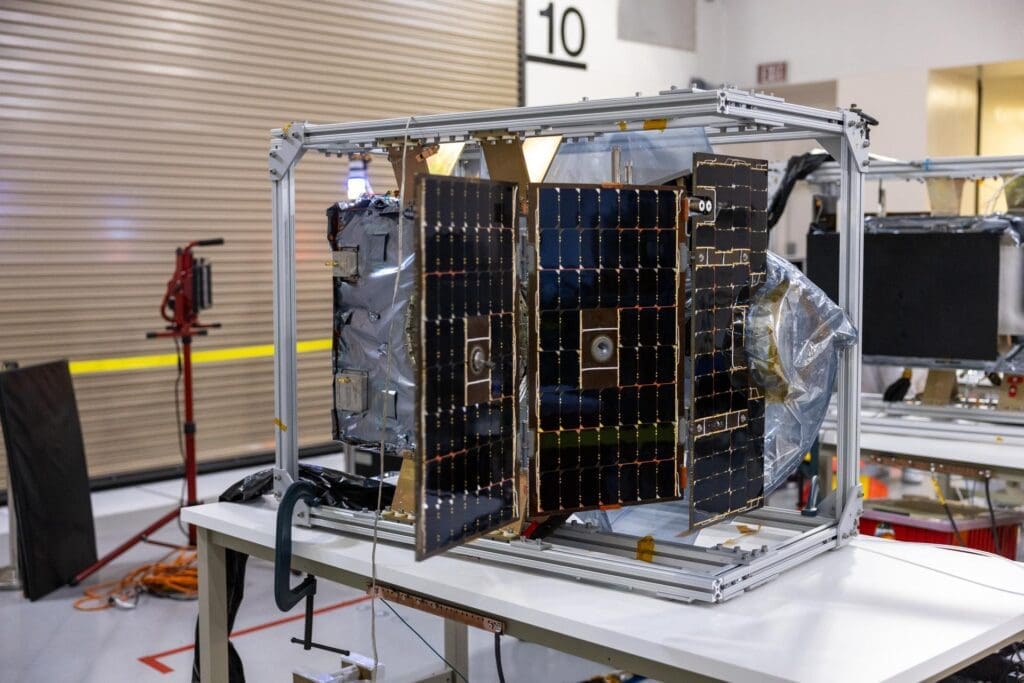
Among the PUNCH satellites, both narrow and wide field imagers offer diverse perspectives. The narrow field imager acts as a coronagraph, revealing intricate corona features by blocking out solar brightness. On the other hand, the wide field imagers capture solar wind as it disperses across the solar system, offering a sweeping panorama. This broader view helps us appreciate the complexity of the solar wind and understand its broader implications.
With the Sun’s unceasing activity, PUNCH promises an exciting journey ahead. Scheduled for a 2025 launch, it marks a significant milestone in heliophysics exploration. As PUNCH bridges the gap in solar wind understanding, it offers a refreshing outlook on space weather and its implications, paving the way for future missions.
The potential of PUNCH extends beyond current findings. By leveraging new observations, it shapes research in multiple domains, including Earth science, space exploration, and the understanding of cosmic phenomena. The blend of technology and innovation in PUNCH signifies a leap forward for terrestrial and extraterrestrial science.
The solar wind is not just a distant phenomenon; it’s a vital part of our cosmic neighborhood. NASA’s PUNCH mission brings this reality into sharper focus. By capturing the solar wind in unprecedented 3D detail, it opens new horizons. The insights from PUNCH could transform how we understand and interact with space weather, impacting everything from satellite design to astronaut safety.



